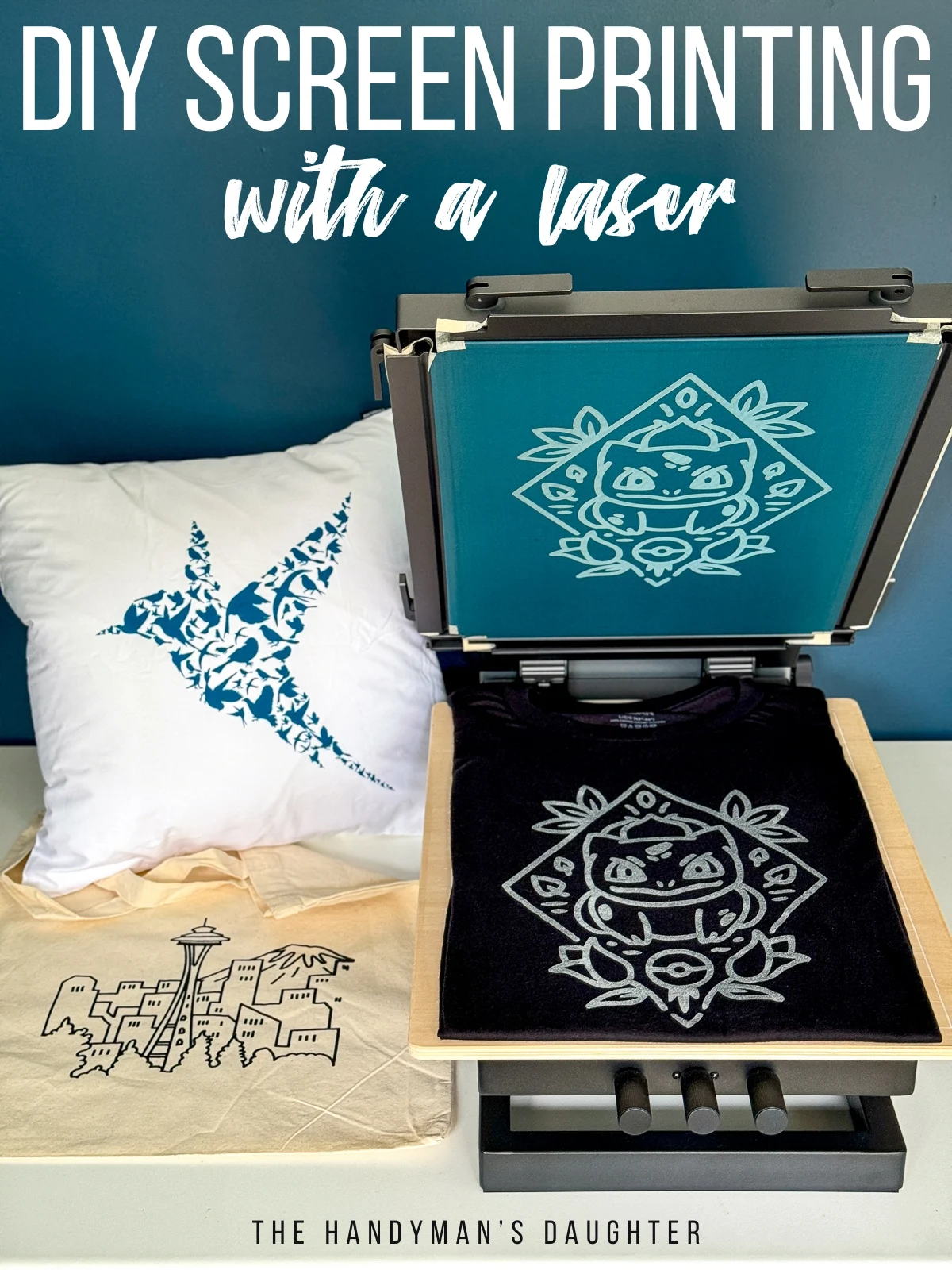ChatGPT said: What customers are saying in 10:9 Design reviews: insights
The Crucial Guide to Understanding Screen Printing and Its Versatile Utilizes
Screen printing has an abundant history that goes back to ancient times, evolving right into a sophisticated technique used throughout numerous markets today. This overview explores the intricacies of the screen printing process, detailing its applications in advertising and marketing, home, and fashion design - 10:9 Design Abilene. Comprehending these fundamentals can open up innovative possibility for both industrial and imaginative tasks. The adhering to areas will certainly expose vital ideas and techniques to improve one's screen printing undertakings
The Background of Screen Printing
Although screen printing has origins that map back centuries, its evolution mirrors the technical and artistic advancements of numerous cultures. Stemming in old China, the technique was initially utilized for decorating fabrics and later infect Japan, where it came to be indispensable to Ukiyo-e woodblock printing. The method changed to Europe in the 18th century, where it gained popularity among artisans and commercial printers. The development of picture solution in the 20th century transformed screen printing, enabling even more intricate styles and better effectiveness. Artists like Andy Warhol additionally propelled its appeal, using the tool to produce iconic works that blended commercialism and great art. By the late 20th century, screen printing had developed itself as a functional method, utilized in style, advertising, and great art. Today, it remains to advance, incorporating electronic innovation and increasing its applications across numerous markets.
The Screen Printing Process Explained
Screen printing changes artistic visions into tangible styles through a collection of precise steps. At first, a photo is produced and after that moved onto a screen, generally made of fine mesh material stretched over a structure. A light-sensitive solution is put on the screen, which is revealed to light, solidifying in locations not covered by the photo. After rinsing the unhardened solution, a stencil is created.
Next, the screen is positioned over the substratum, whether it be material, paper, or another material. Ink is then pushed via the open locations of the pattern utilizing a squeegee, depositing the layout onto the substrate below. This procedure can be duplicated for numerous colors, requiring different screens for every hue. Lastly, the published item is healed using heat to guarantee the ink sticks correctly, resulting in a resilient, dynamic design on-line.
Types of Screen Printing Techniques

Additionally, specialty methods, such as discharge screen printing, remove dye from the material to develop softer prints, while foil screen printing uses metal aluminum foil to accomplish a shiny coating (10:9 Design Abilene). Each method uses unique attributes, catering to numerous innovative requirements and manufacturing ranges, inevitably increasing the possibilities within the screen printing domain
Applications of Screen Printing in Different Industries

In addition, the signage and advertising and marketing sectors utilize screen printing for creating attractive display screens and banners. This technique permits vibrant colors and elaborate designs that record attention. In electronics, screen printing is utilized for applying conductive inks to circuit card, necessary for component connections. Furthermore, the home design industry welcomes screen printing to generate distinct layouts on fabrics and wall art. Generally, screen printing acts as a crucial tool throughout varied fields, improving items with customized and visually attractive graphics.
Tips for Successful Screen Printing Projects
While undertaking a screen printing project, careful focus to detail can substantially enhance the final end result. First, choosing high-quality products is essential; this includes the screen, inks, and substratums. Making use of ideal mesh matters can affect ink deposition and information resolution. Prep work is similarly essential; comprehensive cleaning of displays and appropriate direct exposure times guarantee crisp prints.
Next off, accurate enrollment is vital for multi-color prints. Making use of alignment devices can assist attain exact layering. Furthermore, testing prints on scrap materials before manufacturing helps recognize potential problems without squandering sources.

Frequently Asked Questions
What Materials Are Best for Screen Printing on Textile?
Cotton and polyester blends are excellent for screen printing on fabric because of their durability and ink absorption. Furthermore, specialized materials like silk or canvas can generate one-of-a-kind structures and coatings, improving the general style quality.
Exactly how Do I Tidy and Maintain Screen Printing Equipment?
To preserve and clean up screen printing devices, one ought to consistently clean displays with proper solvents, examine mops for wear, oil moving website parts, and shop all products in a dry, dust-free setting to prolong their lifespan.
What Are the Environmental Influences of Screen Printing?
Screen printing can have significant ecological influences, consisting of chemical waste from inks and solvents, water use during cleaning processes, and energy intake. Lasting practices and environmentally friendly materials are vital for reducing these adverse results.
Can Screen Printing Be Done in the house Effectively?
Screen printing can be effectively done at home with the ideal products and strategies. Hobbyists can create top quality prints, though success relies on their ability degree, equipment, and understanding of the process included.
What Are the Expenses Connected With Beginning a Screen Printing Organization?

Starting a screen printing business includes expenses for tools, products, and work space. First expenditures usually range from a couple of hundred to several thousand bucks, depending on the scale, high quality of machinery, and preferred production capability.
Screen printing has an abundant history that dates back to old times, developing into an innovative method used across various industries today. An additional technique, rotary screen printing, utilizes cylindrical displays, assisting in continuous printing on material rolls, thereby improving performance for large-scale manufacturings. In addition, specialty strategies, such as discharge screen printing, remove dye from the textile to create softer prints, while foil screen printing uses metal foil to accomplish a glossy finish. In the style market, screen printing is extensively used to develop dynamic layouts on apparel, making it possible for brands to showcase their one-of-a-kind styles. Cotton and polyester blends are suitable for screen printing on fabric due to their sturdiness and ink absorption.